Home>Ideas and Tips>Warm And Inviting Mediterranean Home Styles
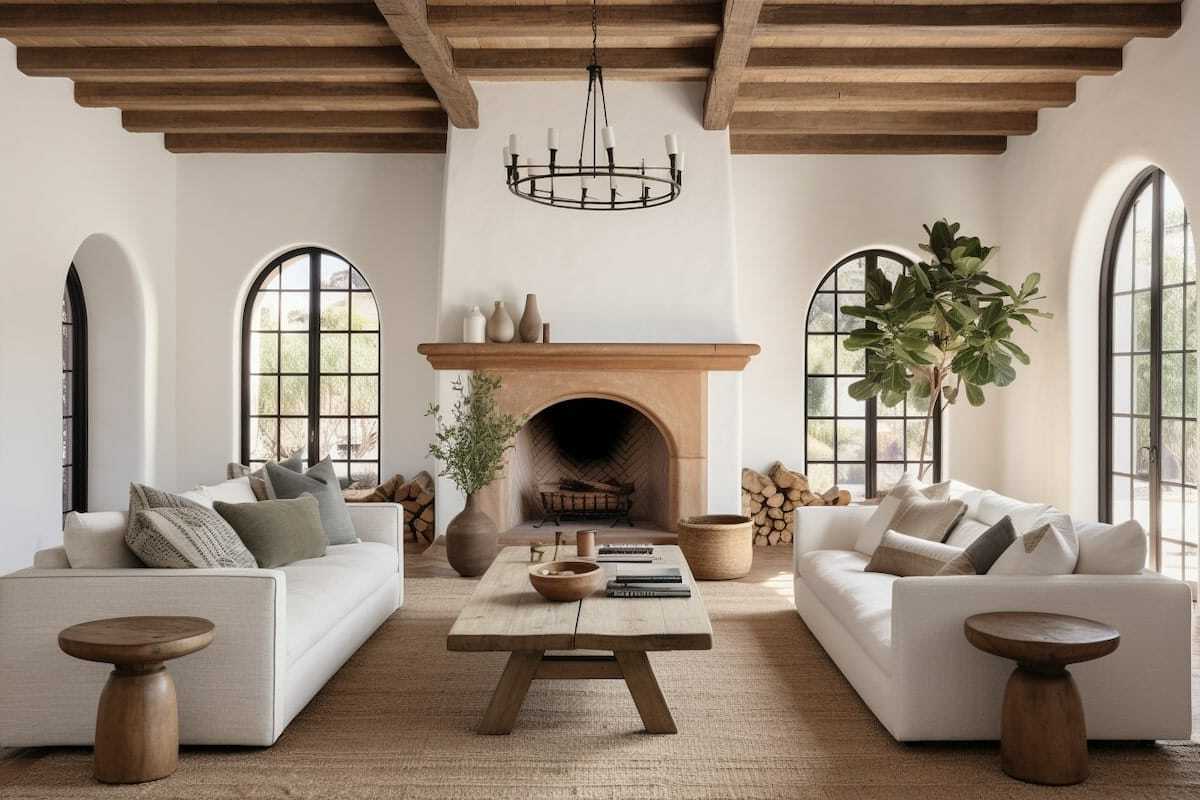

Ideas and Tips
Warm And Inviting Mediterranean Home Styles
Published: October 25, 2024
Discover the charm of Mediterranean home styles with natural materials, elegant design, and seamless indoor-outdoor living. Create your inviting Mediterranean abode.
(Many of the links in this article redirect to a specific reviewed product. Your purchase of these products through affiliate links helps to generate commission for Storables.com, at no extra cost. Learn more)
Mediterranean home styles have long been a favorite among homeowners and architects alike, thanks to their unique blend of natural materials, elegant design elements, and a seamless connection between indoors and outdoors. Originating in the warm climates of Southern Europe and North Africa, this architectural style has evolved over the centuries to incorporate various regional influences, resulting in a diverse yet cohesive aesthetic. In this article, we will delve into the key features, historical context, and modern interpretations of Mediterranean home styles, providing you with a comprehensive guide to creating your own warm and inviting Mediterranean abode.
Historical Context of Mediterranean Architecture
Mediterranean architecture has its roots in the ancient civilizations of Greece, Rome, and the Middle East. The style was further influenced by the Moorish and Islamic traditions of North Africa, particularly in Spain and Morocco. During the 1920s, Mediterranean architecture experienced a resurgence in popularity in the United States, particularly in warm-weather locations like California and Florida. Architects such as Addison Mizner in Florida and Bertram Goodhue in California played significant roles in advancing this style by incorporating elements like stucco walls, red-tile roofs, and arched windows into their designs.
Read more: Mediterranean Charm: Warm And Inviting Homes
Early 20th Century Influences
The early 20th century saw a significant shift in architectural trends, with Mediterranean styles becoming increasingly popular. This was largely due to the rise of seaside resorts in the United States during the Roaring Twenties. People were drawn to the luxurious and leisurely lifestyle associated with these resorts, which often featured Mediterranean-inspired architecture. Architects like Bertram Goodhue and Wallace Neff were instrumental in popularizing this style by combining traditional elements with modern comforts.
Key Features of Mediterranean Home Design
Mediterranean home design is characterized by several distinct features that contribute to its warm and inviting atmosphere. These include:
1. Natural Materials
Mediterranean architecture emphasizes the use of natural materials such as stucco, stone, brick, and wood. These materials not only provide a rustic charm but also help in maintaining a cool interior temperature due to their thermal mass properties. Stucco walls, for instance, are often painted in warm earth tones like beige or terracotta to blend seamlessly with the surroundings.
2. Red-Tile Roofs
One of the most recognizable features of Mediterranean homes is the red-tile roof. Typically made from terra cotta, these roofs provide excellent insulation and add a rustic charm to the exterior of the home. The red color also helps in reflecting sunlight, keeping the interior cooler during hot summer months.
Read more: Warm And Inviting Fireplace Design Ideas
3. Arched Windows and Doors
Arched windows and doors are another hallmark of Mediterranean architecture. These elegant features create an inviting entrance and allow natural light to flood into the home. The arches also contribute to a sense of openness, making the interior spaces feel larger and more airy.
4. Wrought Iron Details
Wrought iron is commonly used in Mediterranean home design for its durability and aesthetic appeal. It is often used in grillwork, railings, and light fixtures to add decorative accents that enhance the overall elegance of the home. Wrought iron details also help in creating a sense of security while allowing natural ventilation through the windows.
5. Courtyards, Patios, and Terraces
Mediterranean homes often feature expansive patio spaces, courtyards, or terraces that blur the line between indoor and outdoor living areas. These spaces are designed to take advantage of natural light and ventilation while providing an intimate setting for relaxation and entertainment.
6. Outdoor Water Features
Outdoor water features such as fountains or ponds are common in Mediterranean homes. These elements not only add visual appeal but also help in cooling down the surrounding air through evaporation, creating a more comfortable living environment.
Interior Design Elements
While the exterior features of a Mediterranean home are certainly striking, the interior design elements play a crucial role in creating a warm and inviting atmosphere. Here are some key interior design elements associated with Mediterranean homes:
1. Flooring
The flooring in a Mediterranean home is often fashioned from natural materials like tile, stone, or hardwood. These surfaces remain cool to the touch and ensure easy maintenance. Decorative patterns or intricate mosaics on the floors add character and charm to the living spaces.
2. Ceilings
Ceilings in Mediterranean homes contribute significantly to the overall ambiance with exposed beams or wood planks. This architectural choice imparts a rustic and inviting warmth, creating an intimate and cozy atmosphere. Decorative moldings and carvings enhance the ceilings, adding touches of elegance and sophistication throughout the interiors.
3. Kitchens
Mediterranean kitchens are renowned for their functionality and spaciousness. They offer ample storage, generous counter space, and a well-equipped array of appliances. Decorative tiles or murals that narrate scenes inspired by nature or mythology transform these culinary spaces into visual feasts.
Read more: Mediterranean Island-Inspired Home Decor
4. Bathrooms
Bathrooms in Mediterranean homes set the stage for luxurious and relaxing experiences. These spaces commonly feature large bathtubs and convenient walk-in showers graced with natural stone finishes that evoke an exquisite spa-like ambiance. Decorative tiles or mosaics further elevate the soothing aesthetics.
5. Furniture
Furniture within Mediterranean homes is thoughtfully chosen, favoring natural materials like wood, wrought iron, or rattan. These selections not only exude durability but also offer comfort and functionality. Vibrant cushions and textiles infused into spaces with splashes of color infuse vibrancy and warmth into the interior design.
Modern Interpretations of Mediterranean Home Styles
While traditional Mediterranean architecture remains timeless, modern interpretations have evolved to blend tradition with contemporary design elements. Here are some key aspects of modern Mediterranean home styles:
1. Clean Lines and Simplicity
Modern Mediterranean design often embraces straight, clean lines and a more minimalist approach compared to its traditional counterpart. This simplicity creates a more subdued yet sophisticated atmosphere while maintaining the essence of the style.
2. Neutral Color Palette
The modern version of Mediterranean style tends to lean towards neutral tones such as whites, greys, and earthy hues. This neutral color palette creates a more subdued atmosphere while allowing for vibrant accents through decorative tiles or artwork.
3. Open Floor Plans
The style often incorporates open and spacious interiors that allow for a seamless flow between rooms. This open layout creates a sense of airiness while enhancing indoor-outdoor living experiences.
4. Incorporation of Natural Light
Large windows and glass doors are frequently used to maximize natural light, creating bright and airy atmospheres within living spaces. This emphasis on natural light is crucial for maintaining a cool interior temperature during hot summer months.
5. Merging Indoor and Outdoor Spaces
Modern Mediterranean homes often feature seamless connections between indoor and outdoor living areas through expansive patio spaces or courtyards. Glass walls can blur these boundaries further, creating an integrated living environment that extends beyond the confines of the home.
Decorative Elements
Decorative elements play a significant role in enhancing the aesthetic appeal of a Mediterranean home. Here are some key decorative elements commonly found in these homes:
1. Courtyards
Interior courtyards with fountains and lush greenery create intimate spaces perfect for relaxation or entertainment. These courtyards often feature decorative tiles or mosaics that add visual interest while maintaining the natural ambiance.
2. Sunken Bathtubs
Luxurious sunken bathtubs are a staple in Mediterranean bathrooms, providing spa-like experiences with natural stone finishes that evoke an exquisite ambiance.
3. Canopy Beds
Canopy beds with flowing fabrics add a touch of romance to bedrooms while maintaining the elegance associated with Mediterranean design.
4. Hanging Gardens
Suspended gardens with cascading greenery create unique outdoor spaces that blend seamlessly with indoor areas, enhancing the overall aesthetic appeal of the home.
5. Alcoves and Niches
Architectural alcoves and niches are used to display art or decorative items, adding character to living spaces while maintaining symmetry in design.
6. Tapestry
Elaborate tapestries with rich designs and colors infuse warmth into interior spaces while paying homage to local culture and art.
7. Rattan Furniture
Lightweight and durable rattan furniture is commonly used for outdoor spaces due to its natural texture and ability to withstand various weather conditions.
8. Rustic Pottery
Handmade rustic pottery in earthy tones adds a personal touch to interior decor while maintaining the natural charm associated with Mediterranean design.
Challenges and Solutions
Living in a warm location comes with its own set of design challenges, especially for Mediterranean-style properties. Here are some common challenges and their solutions:
1. Heat Management
One of the primary challenges is managing heat during hot summer months. Solutions include using natural materials like stucco or stone that have high thermal mass properties, maximizing natural ventilation through large windows and doors, and incorporating outdoor water features like fountains to cool down the surrounding air.
2. Decorative Balance
Maintaining decorative balance is crucial in Mediterranean homes where vibrant colors and intricate patterns are often used. Solutions include using neutral tones as the primary color palette while incorporating vibrant accents through decorative tiles or artwork.
3. Symmetry in Design
Symmetry is key in Mediterranean design as it enhances the overall aesthetic appeal while maintaining elegance. Solutions include using pairs of chairs, sofas, sconces, and other decorative items to create a symmetrical look.
Conclusion
Mediterranean home styles offer a unique blend of natural materials, elegant design elements, and seamless indoor-outdoor connections. From its historical roots in Southern Europe to modern interpretations that blend tradition with contemporary design elements, this architectural style continues to captivate homeowners worldwide. By incorporating key features such as stucco walls, red-tile roofs, arched windows, wrought iron details, courtyards, and natural materials into your home design while addressing common challenges like heat management and decorative balance, you can create your own warm and inviting Mediterranean abode that exudes family togetherness and outdoorsy living.
Whether you're looking to build a new home or renovate an existing one, understanding the essence of Mediterranean architecture will help you create spaces that not only reflect your personal style but also provide a timeless and quintessential living experience. So why wait? Embark on your journey towards creating a warm and inviting Mediterranean home today
Was this page helpful?
At Storables.com, we guarantee accurate and reliable information. Our content, validated by Expert Board Contributors, is crafted following stringent Editorial Policies. We're committed to providing you with well-researched, expert-backed insights for all your informational needs.

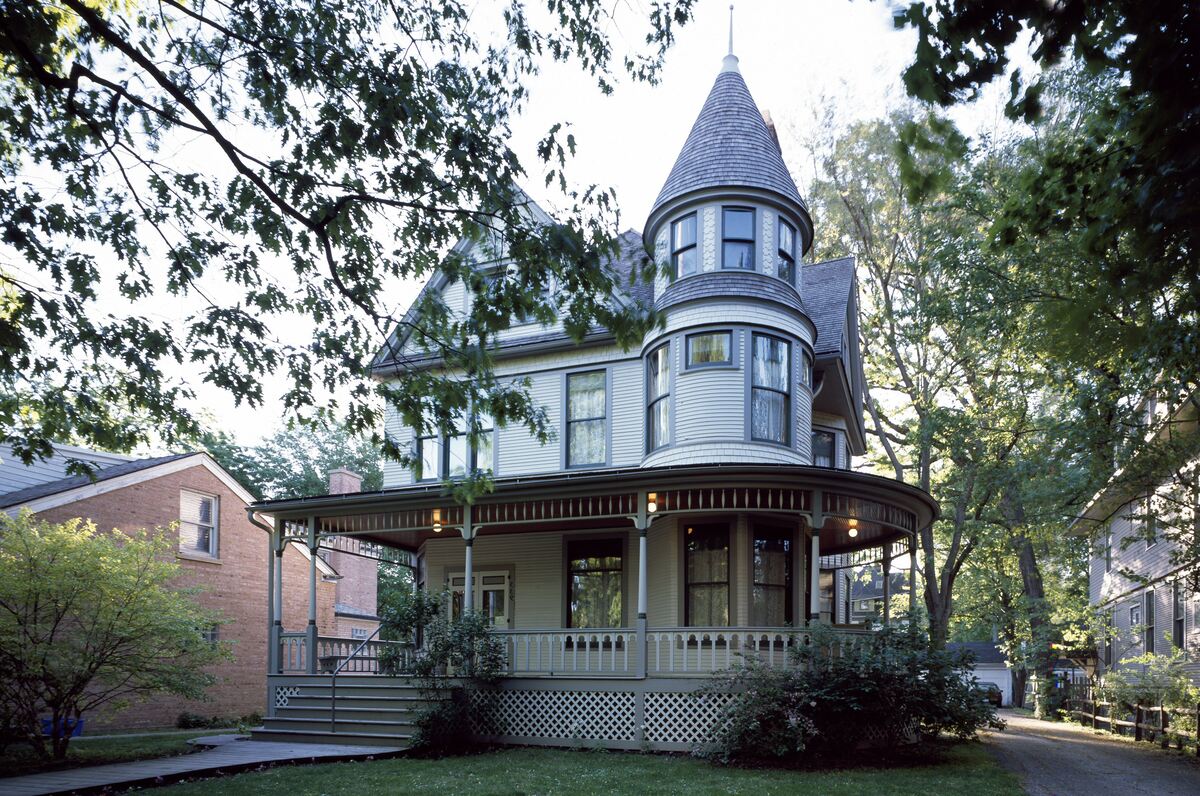
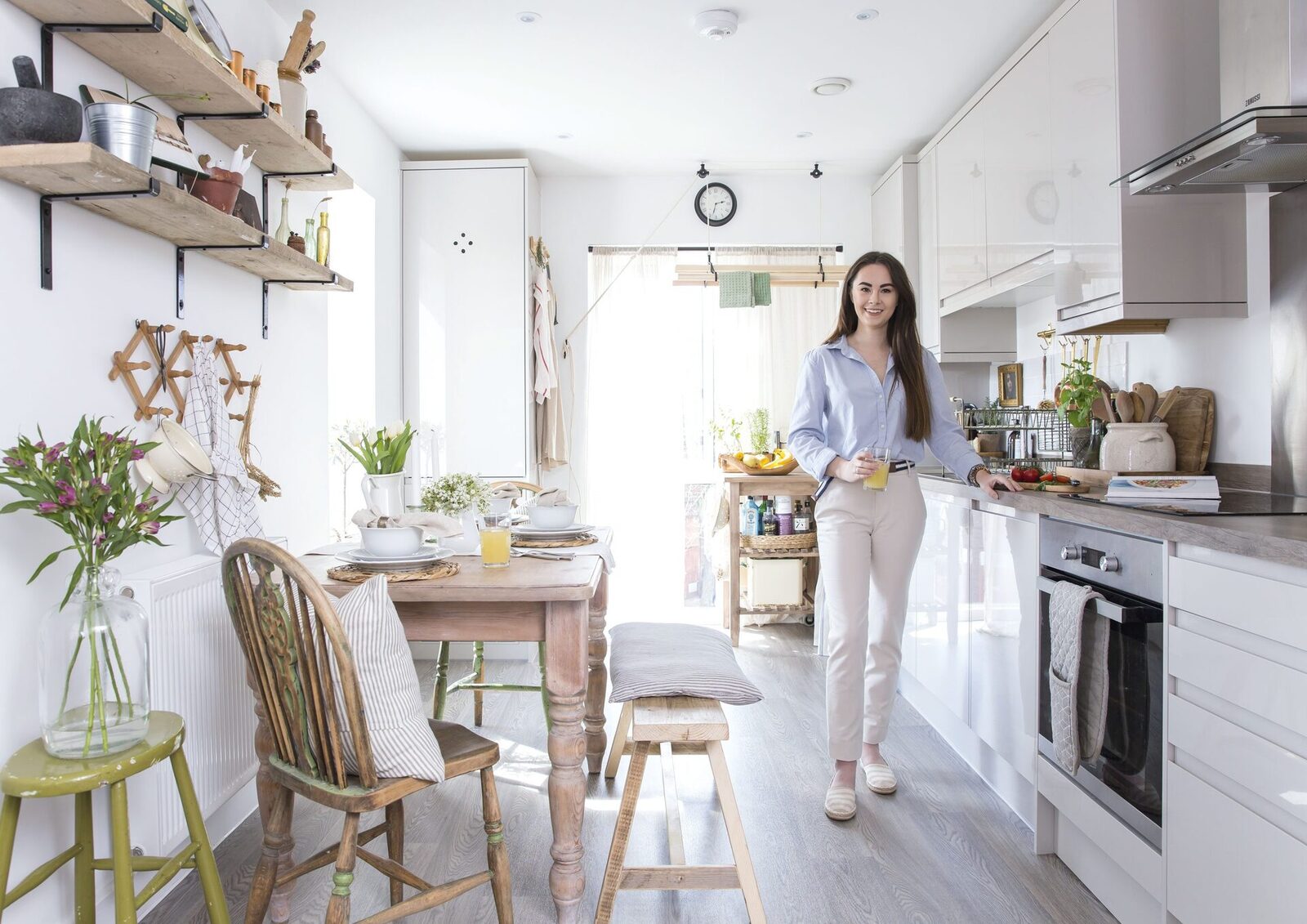
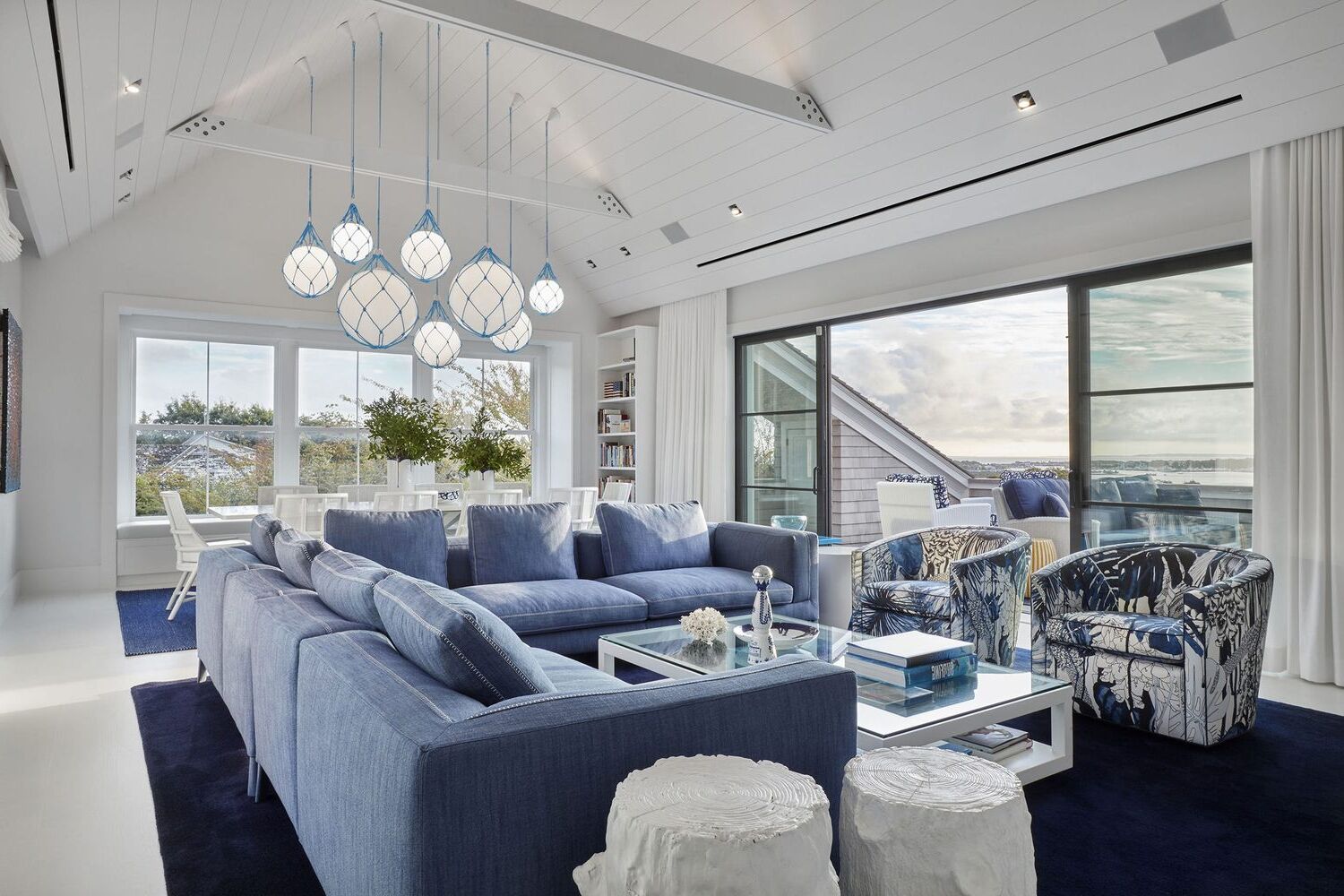
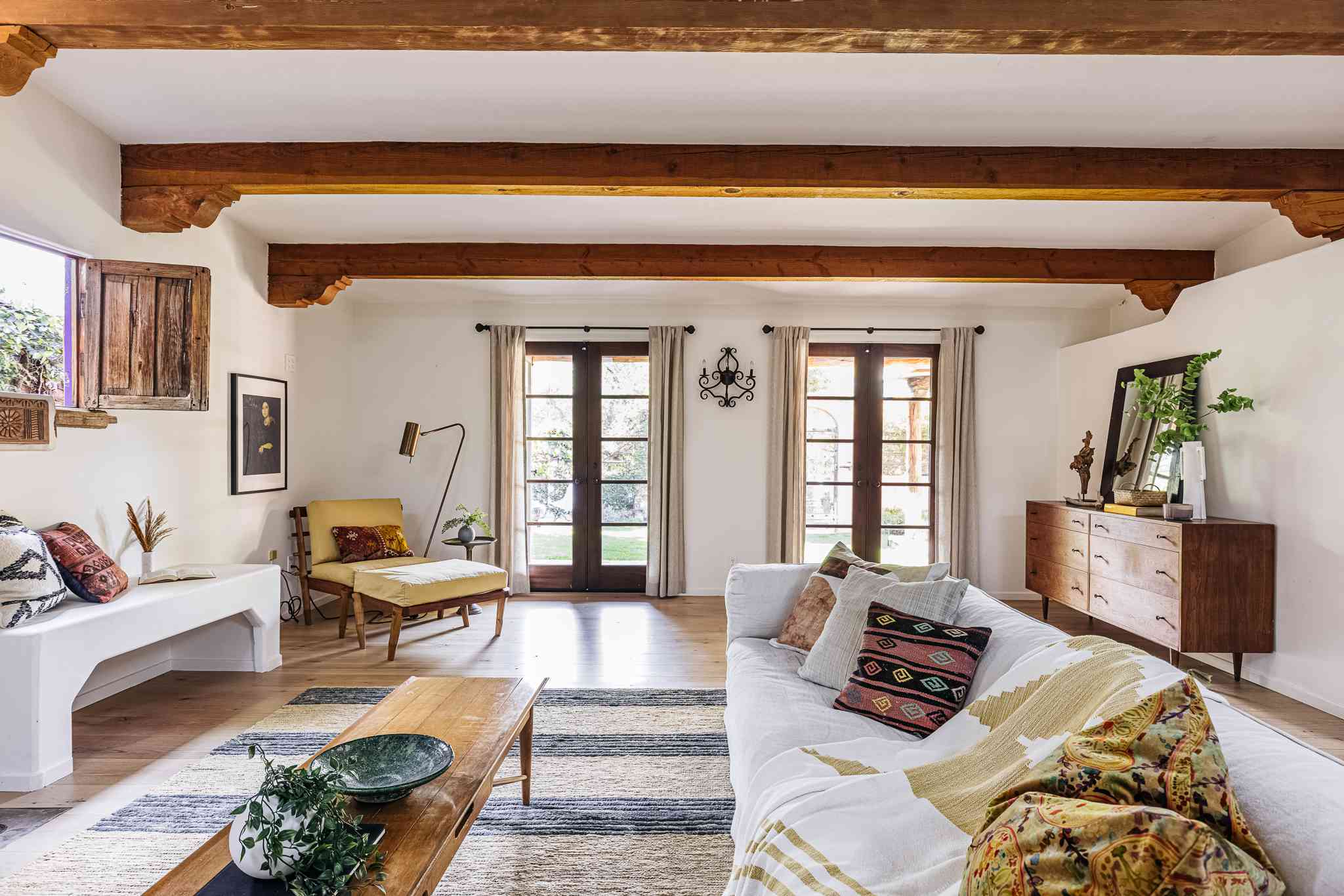
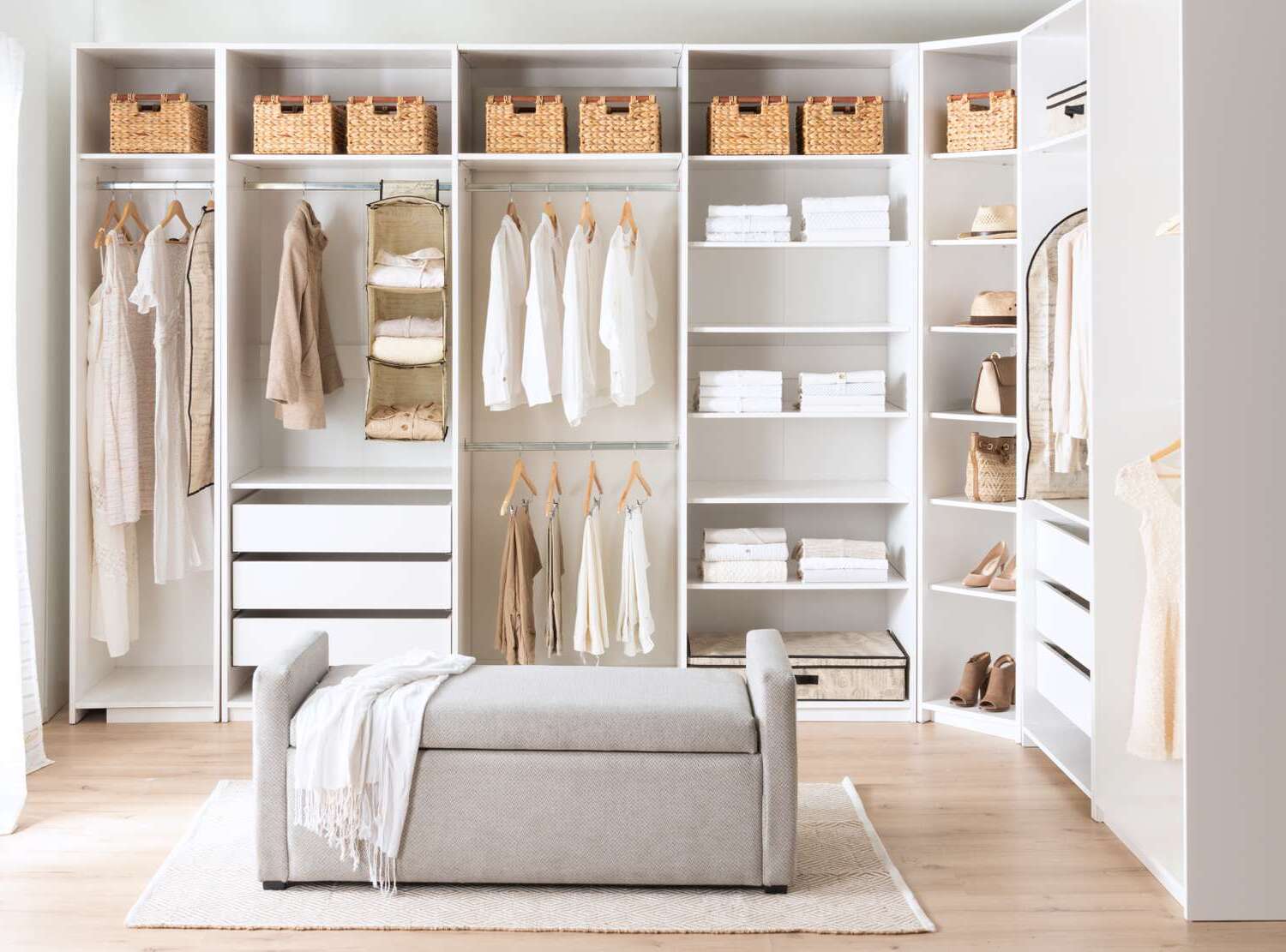
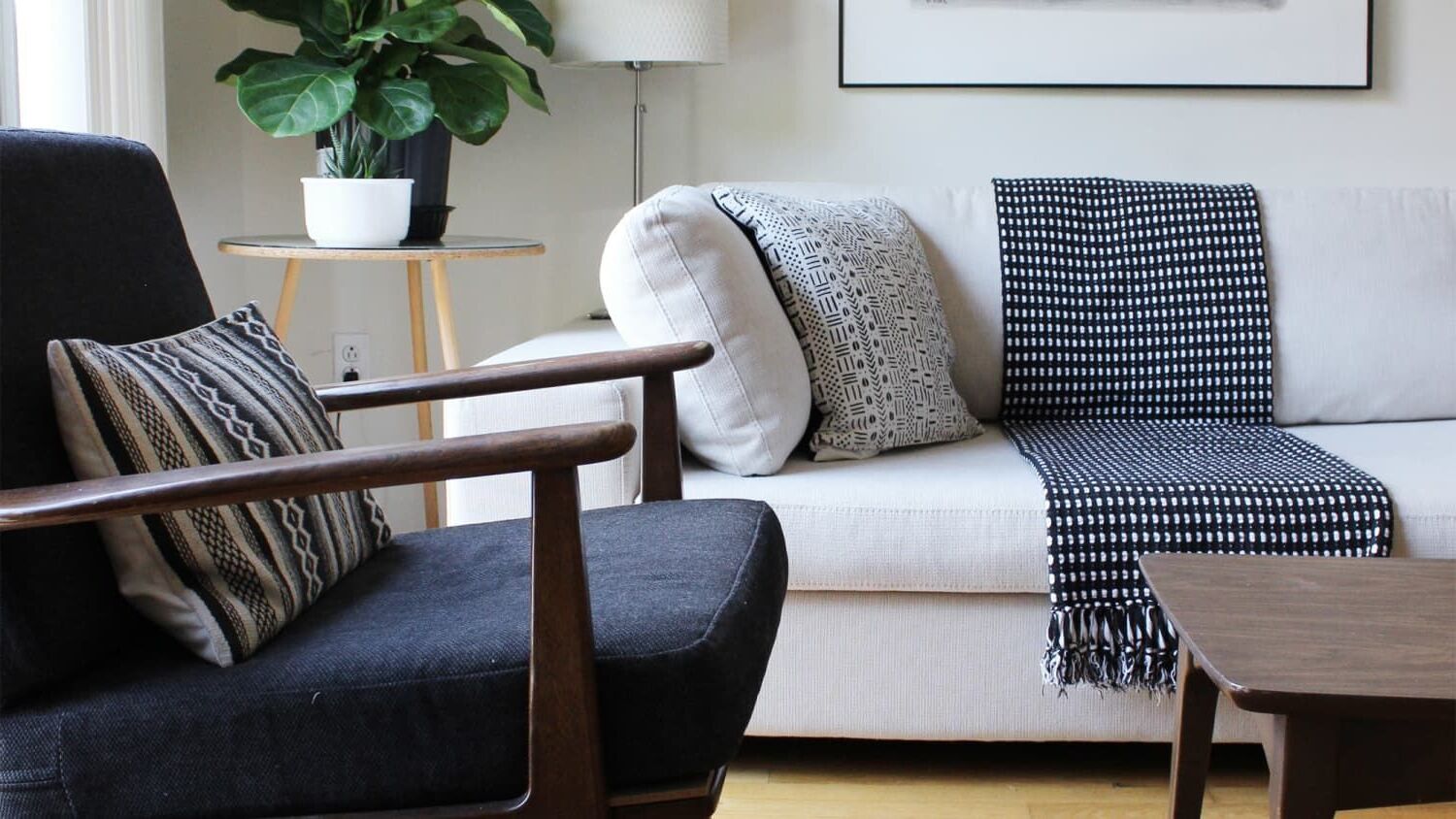

0 thoughts on “Warm And Inviting Mediterranean Home Styles”